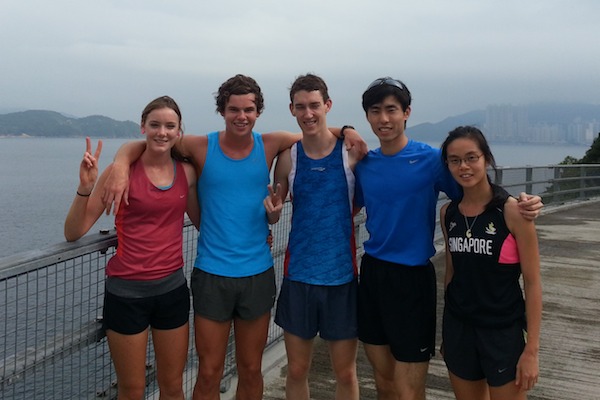
Soh Rui Yong (second from right), Look Xinqi (extreme right) with Australians Melissa Duncan, James Hansen (second from left) and Nathan Down (third from left). (Photo 3 © Soh Seow Hong. Used with permission)
Breakfast was satisfying, and an hour later, Mr Quek, Xinqi and I boarded the bus together with the other athletes. Or most of them, at least. Some comic relief ensued when a final head count revealed that there were two missing people. We discovered that James and Nathan were the two missing ones and were last seen at breakfast. Jimmy, the friendly Hong Kong Amateur Athletics Association (HKAAA) official delegated to take care of the invited foreign athletes, was visibly worried and just about to panic, when the two runners were spotted rushing out of the lobby and onto the bus. They were greeted by joking applause from the Macau athletes, while Nathan explained, “Lift took us up, lift took us down, lift took us up, lift took us down.”
We took a few photos together on the bus, engaged in some small talk, before eventually settling into our seats and rested for the impending race. The journey to Hong Kong City Central took approximately half an hour, and we alighted at a crowded Central Business District area which reminded me of Singapore’s Orchard Road. The crowded streets amplified the atmosphere, and my excitement grew with every passing minute. Despite the crowd, I had the good fortune to meet my parents who flew in from Singapore to support me in the race. They had wandered over to the international athletes’ tent, stationed near the starting line, to wish me luck.
Xinqi and I took a walk around the race route to find out what we were up against, at the same time enjoying the many other junior and local race categories that were ongoing. The race course comprised a half-mile loop to be run twice, with sharp, narrow right-angle turns and a long, gradual upslope climb and an ensuing descent at the halfway mark of the course. The technical nature of the race course made it unique and exciting, but it also meant that running a mile on this course would lead to a much slower time than on a running track.
I hence made up my mind that the objective of the day was to go for a good finishing position, and time was secondary. With seven runners (one Kenyan, two Australians, one Malaysian, one Thai, one Filipino, one Indonesian) in the field having 1,500m personal bests of faster than four minutes, I knew than finishing close to them or even beating them would tell me that I was capable of breaking the four-minute barrier for the 1,500m as well.
We began our warmup routine at 11 a.m., choosing an area between two buildings for our jog so as to shield us from the cold winds. Shortly after warmup, we were ushered to the reporting area. On the way, we passed a huge crowd of Hong Kong-based Filipino domestic helpers who were enjoying their Sunday off. Mervin Guarte, the Filipino 1,500m record holder (3:47.65), was the celebrity of the moment, with everybody roaring him on.
“Hey Mervin, you’ve got a lot of supporters!” Mohd Jironi Riduan of Malaysia joyfully pointed out.
Eventually, we reached a tent where we were to wait about half an hour before the race was to start. The officials were concerned about starting the race on time and were taking no chances. Making use of the time, I sat down and closed my eyes, talking to myself and visualizing how I planned to run the race ahead.
“Start slow. The first bend onto Ice House Street is less than 50m from the starting line, and approaching the turn too fast will make it more difficult. The Kenyan is likely to push the pace, so it will be fast, and most of the field will be dragged along. Relax as much as possible and follow. It’s ok if you find yourself last. They will come back to you. When you finish the first lap and hear the bell, go for it!”
Opening my eyes, I felt composed and prepared. I had a plan, and was going to stick to it.
“Men’s International category, let’s go,” the race official instructed.
Show time.

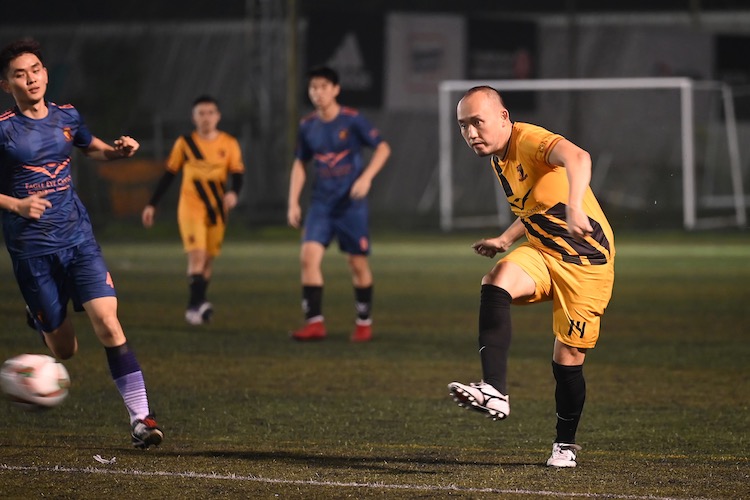
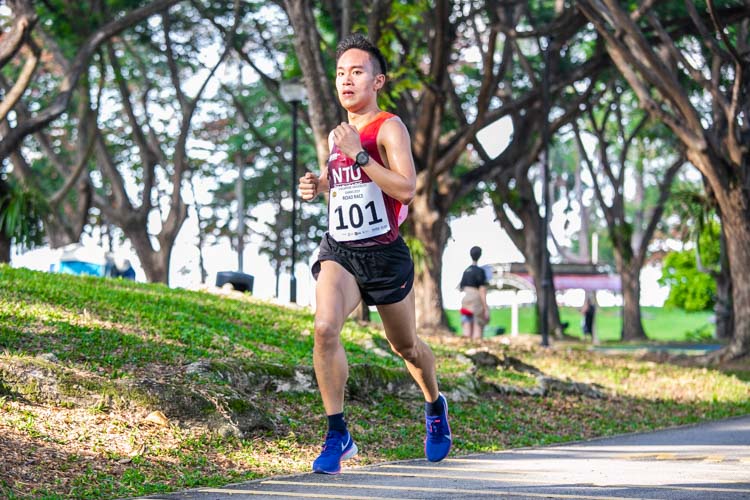
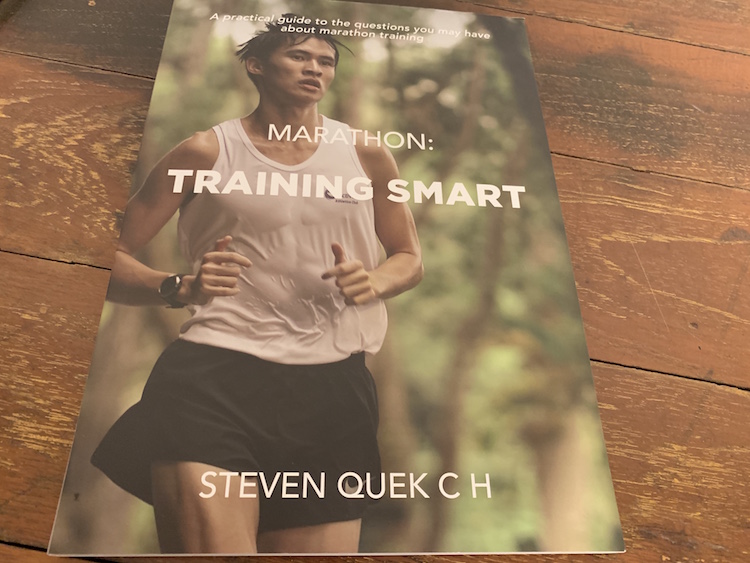
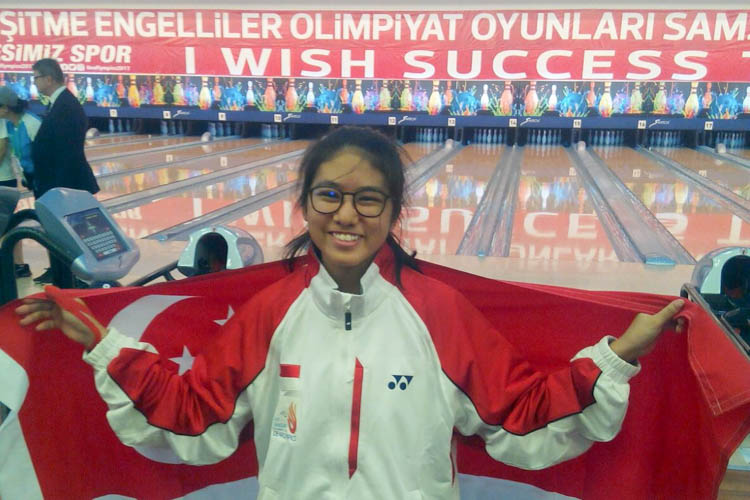
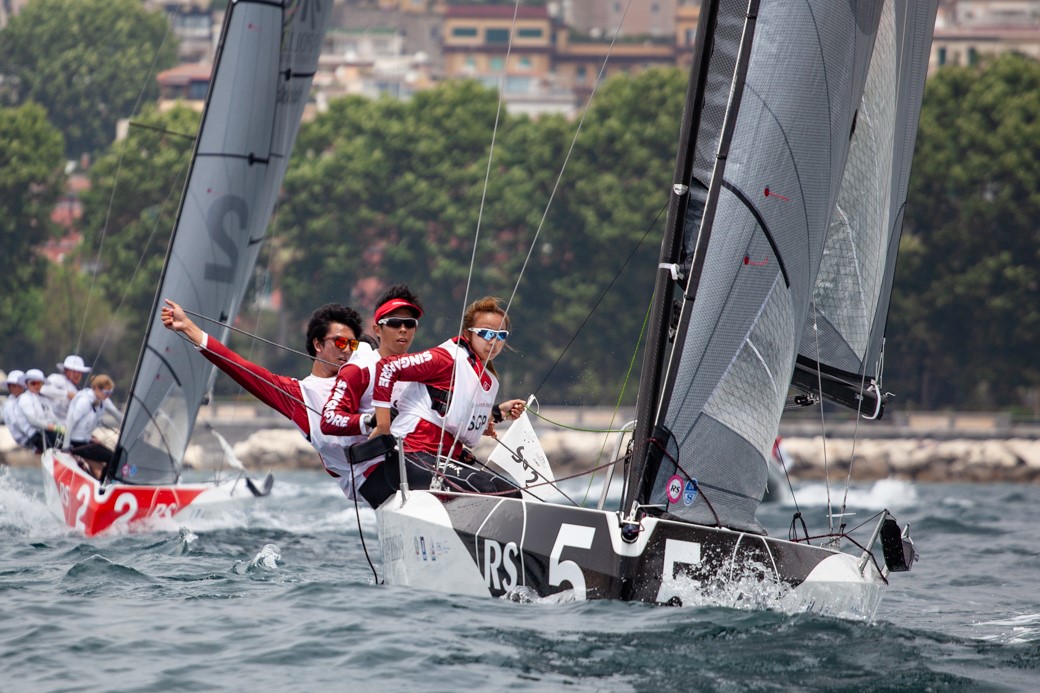
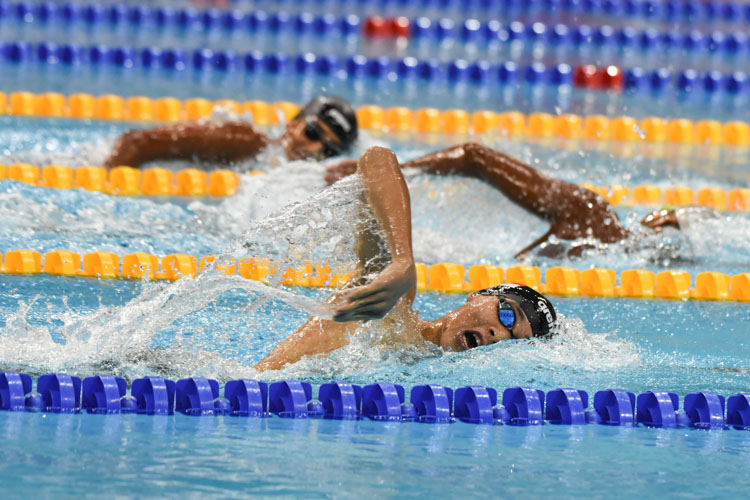
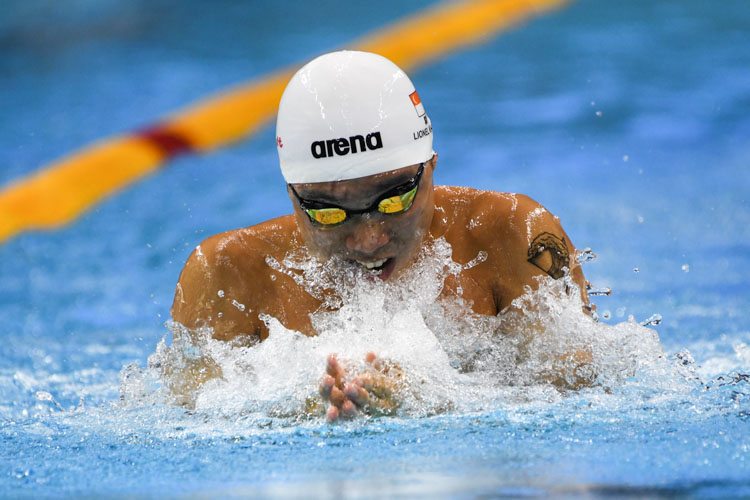
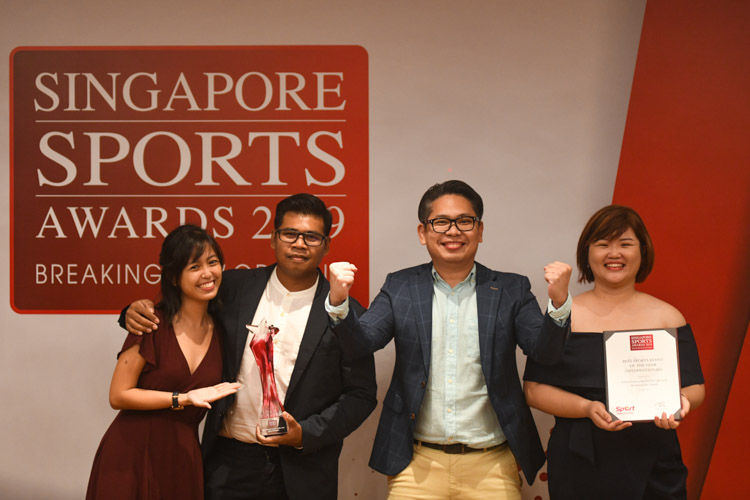
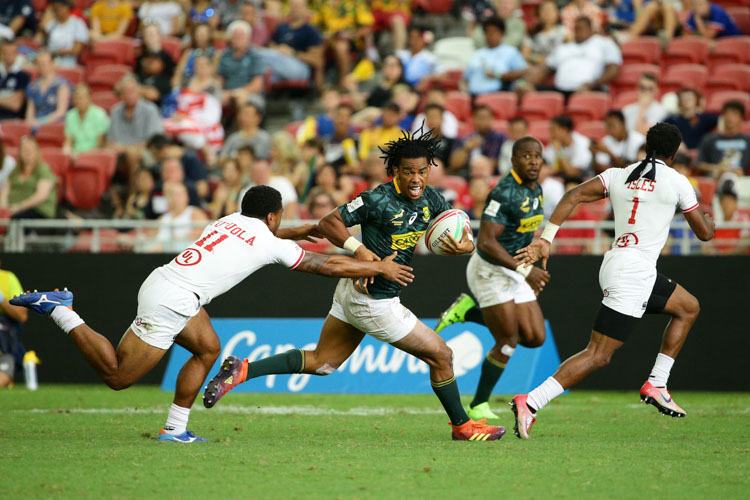
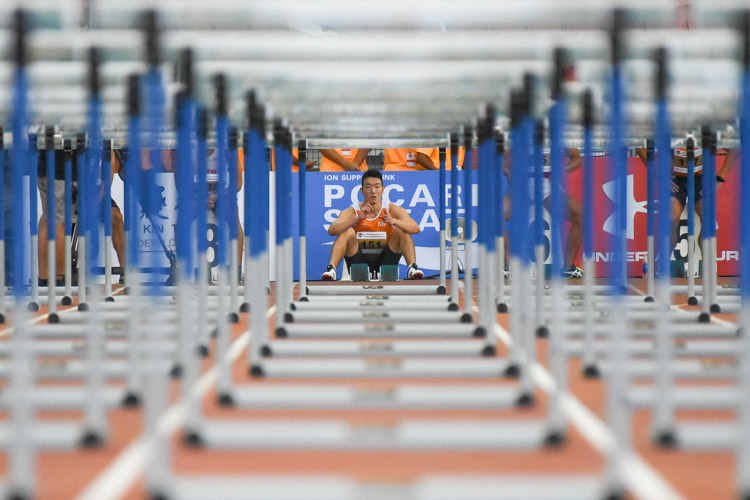
Leave A Comment